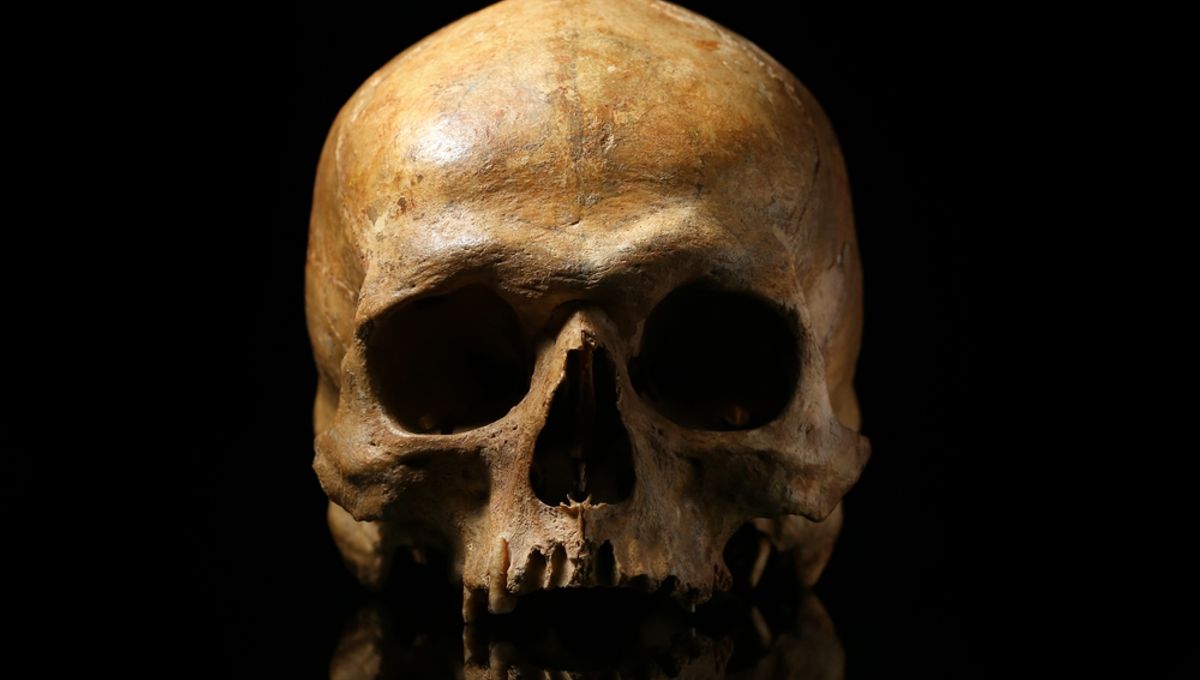
With 8 billion of us currently swarming over the planet, it’s hard to imagine there was ever a time when humans weren’t flourishing, yet new research suggests that our ancient ancestors came perilously close to extinction around 900,000 years ago. And while these days we tend to be the ones pushing other species onto the Red List, the study authors suggest that the global human population may have dropped to below 1,300, making us an endangered species.
Using a new method called FitCoal (fast infinitesimal time coalescent process), the researchers analyzed the likelihood of present-day genome sequences to project current human genomic variation backwards in time. Applying the technique to the genomes of 3,154 people from 10 African and 40 non-African populations, they were able to detect a massive crash in genetic diversity during the transition between the early and middle Pleistocene.
“Results showed that human ancestors went through a severe population bottleneck with about 1,280 breeding individuals between around 930,000 and 813,000 years ago,” write the study authors. “The bottleneck lasted for about 117,000 years and brought human ancestors close to extinction,” they say.
Wiping out roughly 98.7 percent of the ancestral human population, “the bottleneck could also have increased the inbreeding level of our ancestors, thus contributing to the 65.85 percent loss in present-day human genetic diversity,” explain the researchers.
This catastrophic die-off is likely to have been caused by changes in the global climate as short-term glaciations became longer-lasting, triggering a drop in ocean temperatures, prolonged drought, and the loss of large numbers of species that humans might have relied on for food. It wasn’t until 813,000 years ago that populations finally recovered, with a 20-fold increase in numbers detected around this time.
According to the researchers, this rebound may have occurred thanks to the mastery of fire, combined with the return of warmer temperatures.
Further analysis suggests that this bottleneck coincided with a speciation event, whereby two ancestral chromosomes fused to form what is known as chromosome 2 in modern humans. This finding implies that the last common ancestor of Neanderthals, Denisovans, and modern humans may have emerged during this period of severe population decline.
Commenting on these insights in a statement, senior author Giorgio Manzi explained that “the gap in the African and Eurasian fossil records can be explained by this bottleneck in the Early Stone Age as chronologically. It coincides with this proposed time period of significant loss of fossil evidence.”
However, in an accompanying commentary, researchers point out that “fossil records dating to the inferred bottleneck period 813,000 to 930,000 years ago suggest that humans were widespread inside and outside of Africa.” Highlighting human remains from places such as Kenya, Tanzania, Ethiopia, Spain, Italy, the UK, and China, the critiquers propose that “whatever caused the proposed bottleneck may have been limited in its effects on human populations outside the H. sapiens lineage, or its effects were short-lived.”
In fairness, the study authors are the first to admit that their genetic data still need to be corroborated against archaeological records, while also recognizing the many gaps in their findings. According to senior author Yi-Hsuan Pan, the study “evokes many questions, such as the places where these individuals lived, how they overcame the catastrophic climate changes, and whether natural selection during the bottleneck has accelerated the evolution of the human brain.”
The study is published in the journal Science.
Source Link: Our Early Ancestors Came Remarkably Close To Extinction 900,000 Years Ago